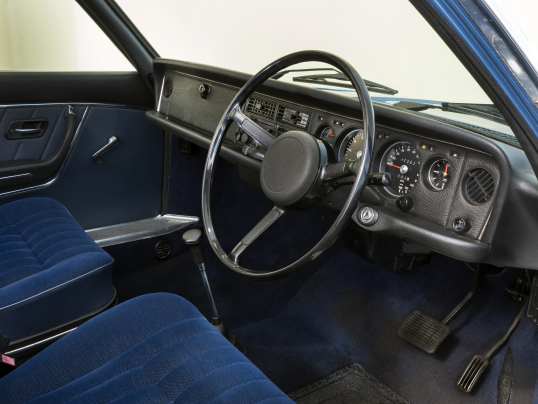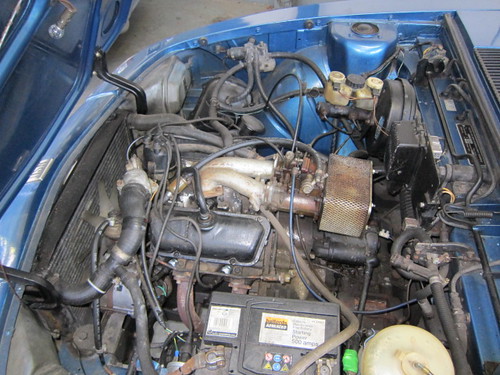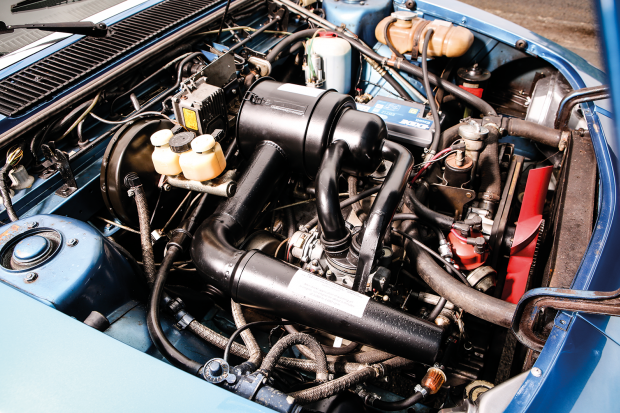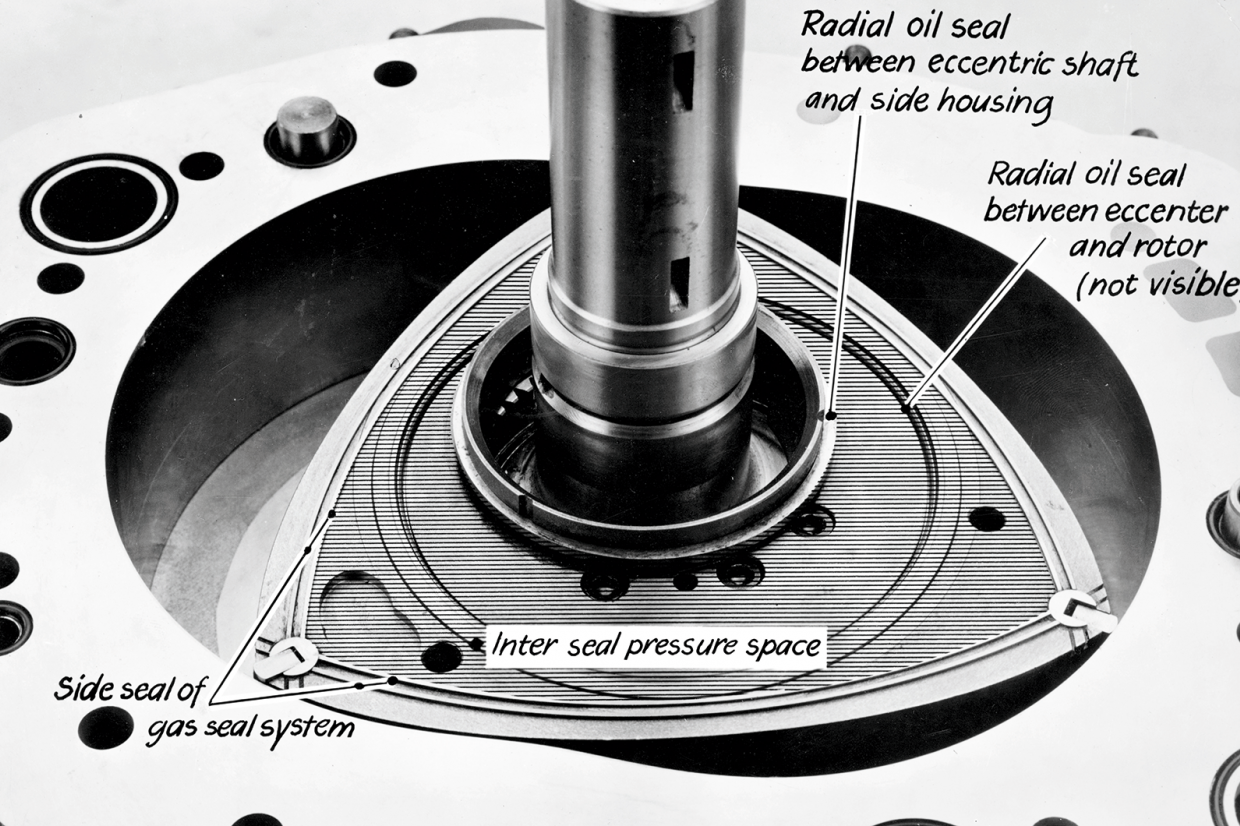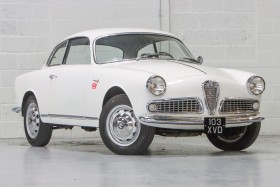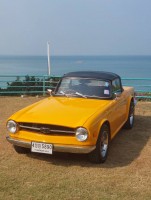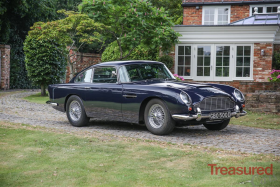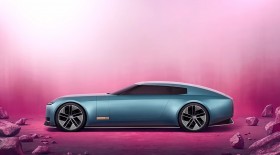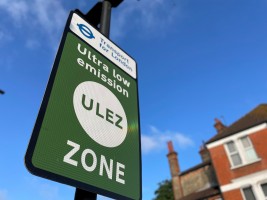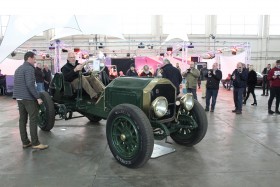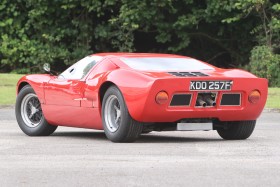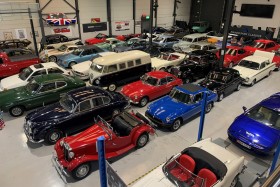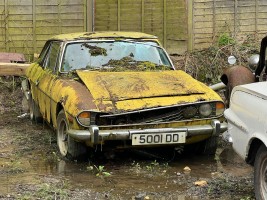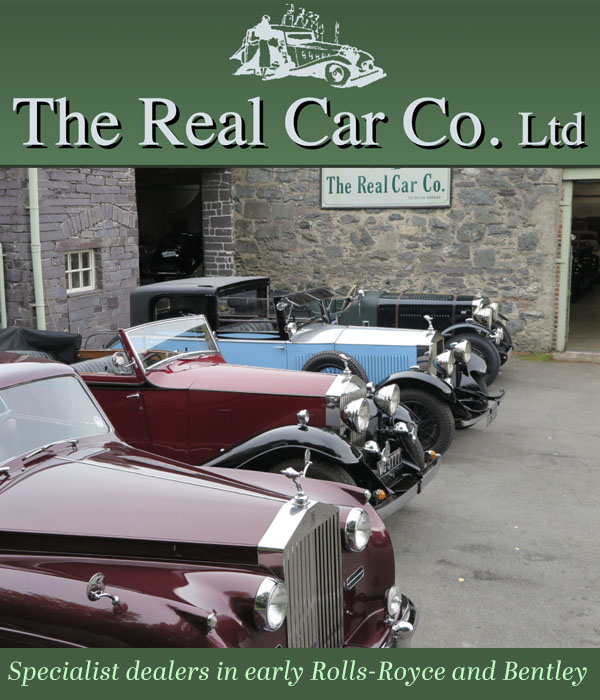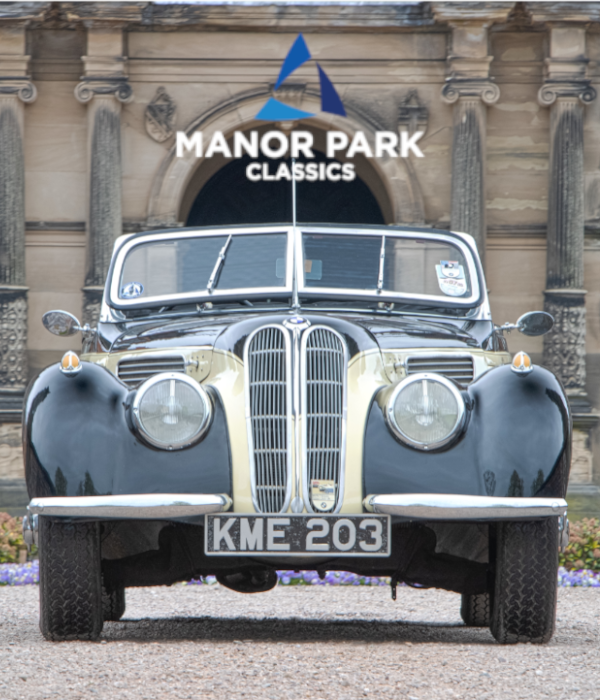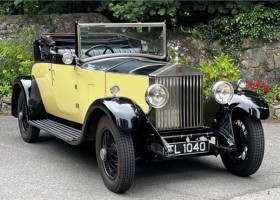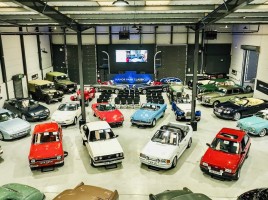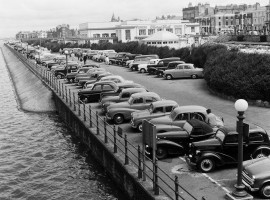the truth about the nsu ro80 and the wankel engine
The Car of the Year that killed its maker.
By: Terry Burgess Tue, 02 Feb 2021
Features
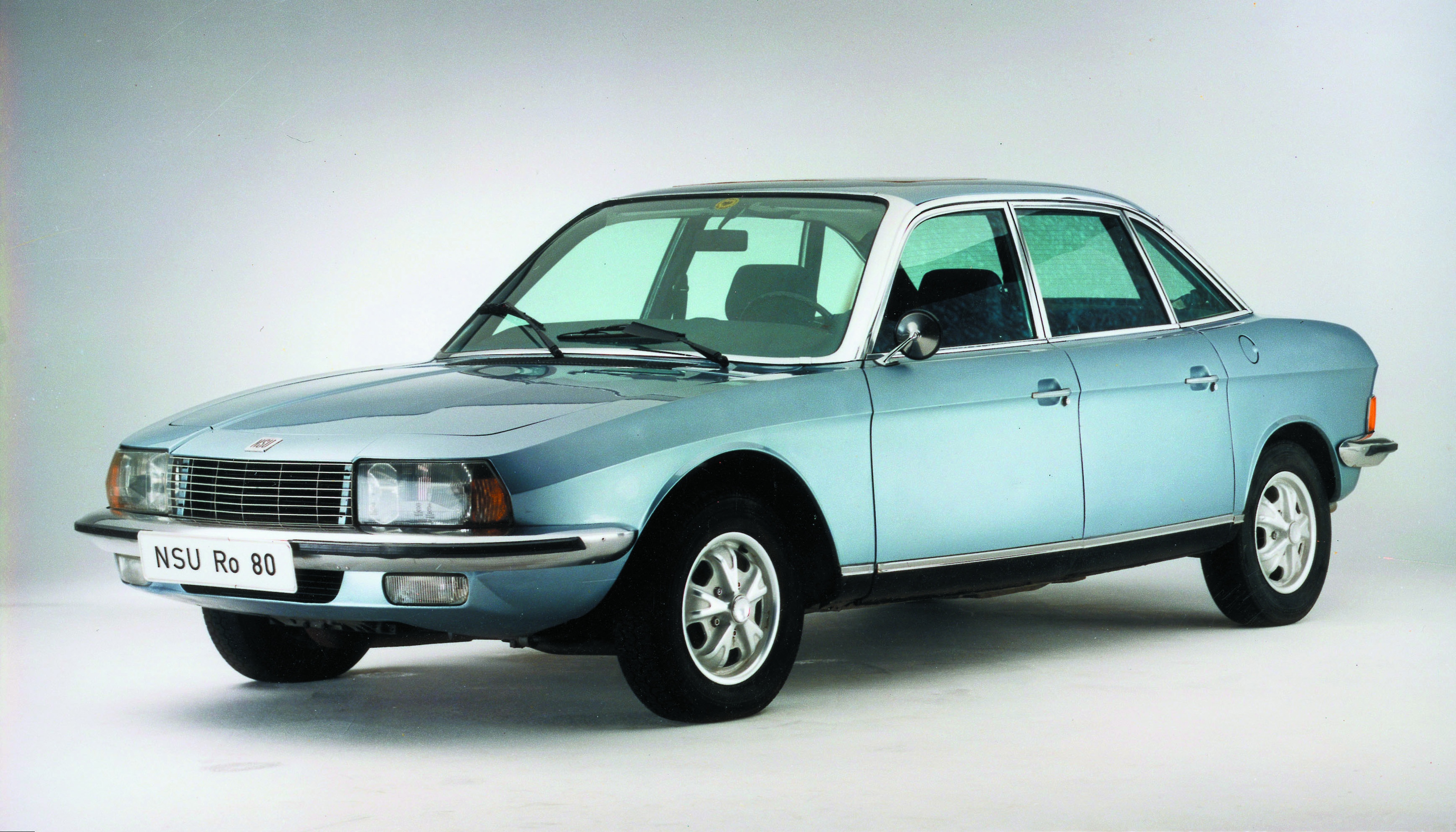
NSU Motorenwerke AG was founded in Neckarsulm in 1873. It is understood that NSU stands for Neckarsulm Strichtmachine Union which was a consortium of knitting machine manufacturers. The business progressed from knitting machines to bicycles and then to motorcycles. Before WWII Ferdinand Porsche was commissioned to develop a small car, which looked remarkably similar to the later VW Beetle, but did not proceed beyond the prototype stage. The factory prepared for it was sold to Fiat who assembled cars there under the name Neckar. Having re-entered the cycle and motorcycle market after the war in 1946, NSU began production of a small car with a rear-mounted air-cooled twin-cylinder OHC engine in 1957. It was named Prinz and had 600cc and 20bhp. This successful model led to the Prinz 4 of the early 60s with bodywork in a similar style to the Chevrolet Corvair. Longer versions of this body were employed for the NSU 1000 and its derivatives, culminating in the 1200C. These were 4-cylinder models, still air-cooled, and the 1000TTS was successful in motorsport.
During the 1960s NSU experimented with a 'rotary' engine designed by Dr. Felix Wankel. It employed a trapezoidal rotor which was flung around a roughly oval chamber by the combustion forces and dragged a toothed central shaft around with it by means of a toothed hole in the centre of the rotor. As the rotor cavorted, the sealed tips passed over inlet and exhaust ports and at various stages the air fuel mixture was compressed and ignited by twin sparking plugs. It worked on the 4-stroke principle with total loss lubrication of the rotor. Enthusiasts of the Wankel engine may find that description lacking, but they won't get a better one from me! Even when one views an animated schematic of the Wankel engine's operation, it is still hard to credit that it worked at all. There is no question that it was an inspired and brilliant creation. The principal benefits of this design, as compared with a conventional piston engine were basically threefold. Firstly, it ran very smoothly, like a turbine, such that the user must take great care not to exceed the maximum safe engine speed. Secondly, it produced a generous power output in relation to its physical size and weight. Thirdly, it had relatively few moving parts and need not be expensive to produce in volume.
Sadly it also had some disadvantages. It had very poor torque at low rpm. The rotor tip seals had a very short service life. When the seals wore, the engine was almost impossible to start. Fuel efficiency was rather poor. When running well the Wankel seemed like a dream of an engine. It was virtually vibrationless and felt as if it would rev to infinity, which it wouldn't! NSU took the bold decision to invest the profits from their successful rear-engined small cars in an advanced medium-sized executive car built around a twin-rotor development of the Wankel engine.
The Ro80 was strikingly ahead of its time in styling terms with superb aerodynamics and had 115bhp driving through a three-speed synchromesh gearbox with an electronically operated clutch and torque convertor, being described as semi-automatic. It featured power assisted steering, independent suspension all round, with Macpherson struts at the front and semi-trailing arms at the rear, and 4-wheel disc brakes, inboard at the front. So impressive was the car that it won the 'Car of the Year' award for 1967. The maximum speed was a smooth 112mph and 0-60mph took 12.6 seconds.
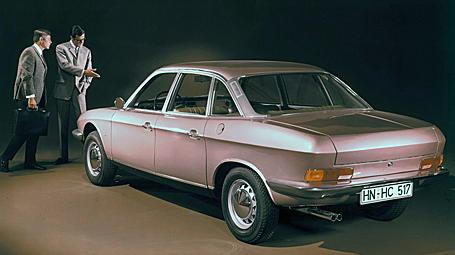
Two major problems with the car soon became obvious. Firstly, the fuel economy was dire. In everyday use 15mpg wasn't unusual. Secondly the rotor seals failed very quickly, such that engines were sometimes useless before the car had done 10,000miles. Over-revving of the seemingly unburstable engine contributed to this problem. As the seals wore, the engines became increasingly hard to start, or simply wouldn't. The warranty claims were crippling. Many cars had several engine changes under warranty. NSU went bust, being taken over by Volkswagen, who merged it with Auto Union to form the Audi company. Surprisingly the Ro80 remained in production. The rotor seal problem was overcome by 1970 and a warning buzzer was incorporated to discourage over-revving of the Wankel engine. It continued until 1977, although sales never recovered from the early reliability debacle and fuel economy remained a serious disadvantage, especially during the successive fuel crises of the 1970s. A more conventional design, the K70, although designed and planned as an NSU, was introduced as a Volkswagen.
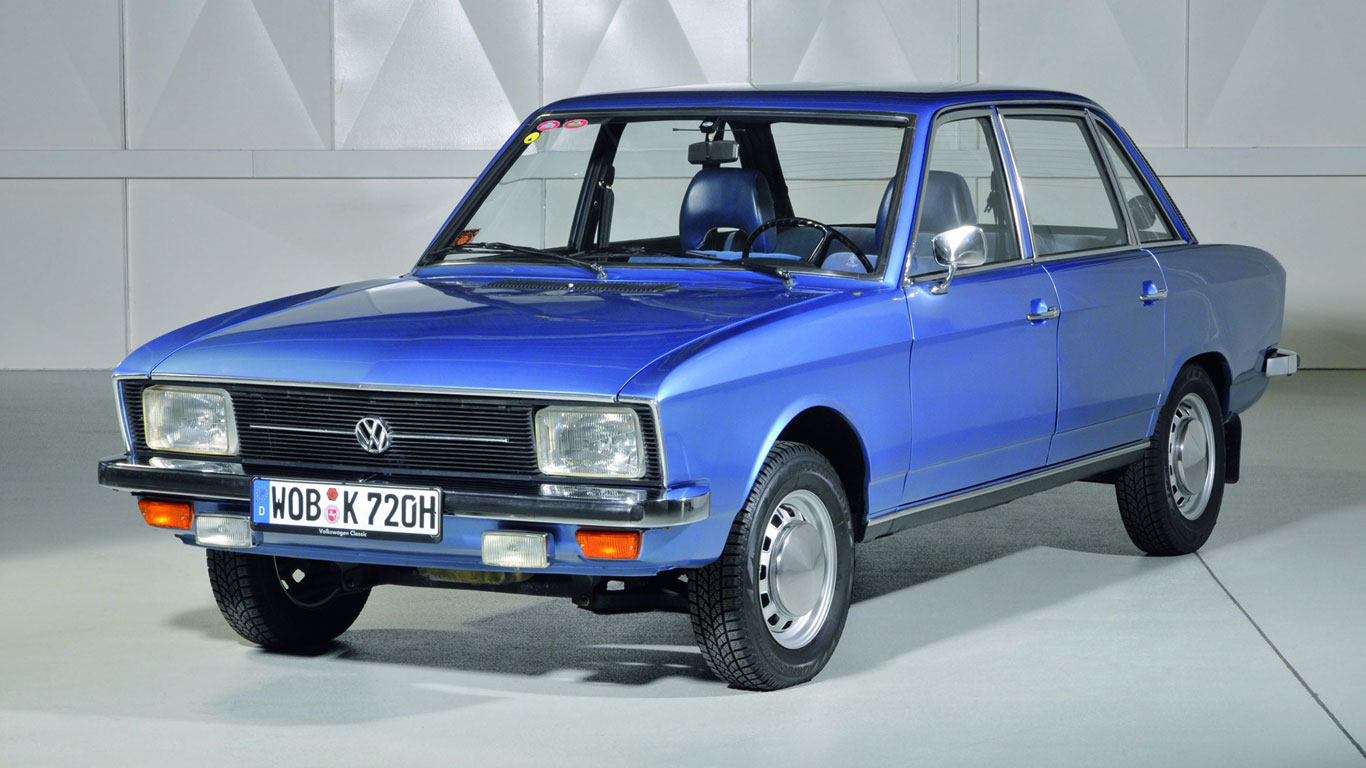
The truth is that the failure of the Ro80 was entirely predictable. The rotor tip seal problem was evident long before the car was launched and was not resolved until the fourth year of production. The poor fuel economy was inherent in the design of the Wankel engine, due mainly to the entirely non-optimal shape of the combustion chambers, which were long, slim and pointed at the ends, whereas the ideal in a piston engine is hemispherical. It is also doubtful if the energy of the expanding gases of combustion was used to the best possible effect in rotating the main shaft of the engine and fuel was certainly wasted due to the overlap between inlet and exhaust port openings. The problem of high fuel consumption in Wankel engines, although mitigated, was never solved, even by Mazda, who persisted with it into the 21st century. It was a technological dead end and obviously so, from the beginning, certainly as the sole form of propulsion for a production car, due to its inherently excessive fuel consumption. In later years, as concerns about exhaust emissions grew, it would also become evident that it was a difficult engine to 'detox' when used in this context.
If the Ro80 had been launched with a decent two-litre V6 and either a 5-speed manual or conventional 3-speed automatic transmission, it might have been a great commercial success. If the engine was the achilles heel of the car, the transmission was hardly satisfactory, being neither one thing nor the other. However, the Ro80 was launched in 1967 when the use of automatic transmission in front-wheel-drive cars was not common, any more than was the use of 5-speed gearboxes, and, although small V6 engines existed, they were far too heavy and inefficient to provide a suitable replacement for the light and smooth rotary. A good flat-four might have fitted the bill.
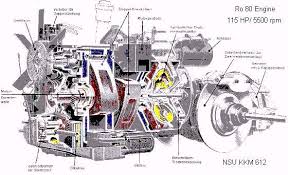
Had NSU not become obsessed with the Wankel, they might have been just the company to develop a compact, light and highly efficient OHC V6, with the benefit of their long experience of producing motorcycle units.
The difficulty of finding a suitable unit to replace the Wankel in the Ro80 is well illustrated by the variety of engines later fitted by companies and individuals in an attempt to provide a cost-effective remedy for a car with an expired engine and no remaining warranty. Almost unbelievably I recall the use of a Triumph Herald 1296cc unit which must have been abysmal. More commonly the 'solution' in the UK was to fit the Ford 2-litre V4 from the Corsair or Zephyr V4 models. This certainly improved the fuel economy and gave adequate torque with good reliability, but the V4 was a heavy and coarse engine compared with the Wankel. The Ford V6 was also used, but was even heavier, grossly affecting the balance of the car, and required alterations to the bodywork, ruining the car's superb styling. Economy was not a strong point either.
Over 37,000 Ro80s were produced in 10 years. Although the car eventually became reliable, it was always over-indulgent on fuel. It was designed around its engine and without that engine it would never have been built at all. Arguably it shouldn't have been from a commercial viewpoint, but it was a marvel at the time and certainly has its enthusiasts now. Surviving cars are usually highly reliable, often incorporating the many improvements developed by enthusiasts and specialists. They provide an astonishing performance for a design of the 1960s. To say it was ahead of its time is certainly true, although in reality the Wankel engine was always a dead end, whose day would never really come as an automobile power unit. The design was still being developed recently for use in electric hybrid vehicles, where its high specific power output would be an advantage, but only time will tell if it is ever to make a return to production cars as hybrids seem to be losing favour even now, and we will certainly never see another purely Wankel-powered car on the roads, the final Mazda RX8 having left the line in 2012. Leaving aside the engine and transmission, the Ro80 was so advanced in its engineering, styling and proportion that it would not have looked out of date in the 1990s. The fact that it looked like that in 1967 is simply incredible. In fact, with a little detail restyling, it wouldn't look out of place today.



